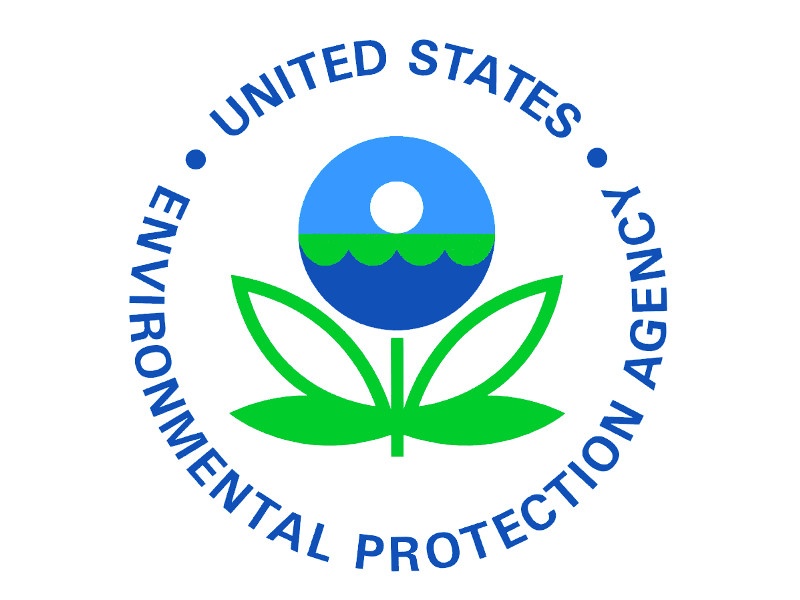Emissions regulations are governed by the United States Environmental Protection Agency (EPA). These regulations limit the emissions of toxic air pollutants known or suspected of causing cancer and other serious health effects. There are three federal regulations that apply to Stationary Reciprocating Internal Combustion Engines (RICE) and generator sets, depending on the type of engine and the date of construction:
40 CFR Part 60 Subpart IIII – New Source Performance Standards (NSPS) for Stationary Compression Ignition (CI) Engines – Applies to stationary diesel-powered generator sets with 2007 model year and later engines. The regulations harmonized stationary and non-road standards and required manufacturers to certify compliance with Tier standards based on engine cylinder displacement. As of 2012, all stationary diesel engines must meet Tier 4 standards with the exception of engines used in emergency standby generator sets only.
40 CFR Part 60 Subpart JJJJ – New Source Performance Standards (NSPS) for Stationary Spark Ignition (SI) Engines – Applies to new or modified stationary spark-ignited engines. Until the issuance of the SI NSPS in 2008, there were no Federal emissions regulations for stationary natural gas or propane engines. The NSPS emission regulation for SI engines is unique in the way that this is the first time EPA has put responsibilities on the owner and operator of the generator set. These engines must be factory certified or must pass compliance demonstration tests. These federal rules provide the minimum standards, and the local AHJ regulations may be more stringent.
40 CFR Part 63 Subpart ZZZZ – National Emission Standards for Hazardous Air Pollutants (NESHAP) for Stationary RICE – Applies to existing, new and reconstructed stationary engines, both CI and SI, that were constructed prior to June 12, 2006. This rule essentially brings all existing units into regulation. There are two methods by which RICE NESHAP regulates stationary engines – either by mandating direct emission limitations on subject engines or by prescribing particular maintenance practices, also known as management practices. The applicable regulation method depends upon engine type, size, and location.
.png)






